Top visited National Parks in Tanzania on Self drive Safari
Top visited National Parks in Tanzania on Self drive Safari, Which national parks in Tanzania are projected to be the most visited in 2025? Identify the most frequented National Parks in Tanzania and the factors that contribute to their prominence and popularity. Tanzania boasts 22 National Parks, each offering unique experiences for wildlife enthusiasts. The most frequented National Parks in Tanzania comprise Serengeti National Park, Ngorongoro Crater, Tarangire National Park, Lake Manyara National Park, Ruaha National Park, Arusha National Park, and Selous Game Reserve.
Tanzania’s most frequented national parks are renowned for their diverse fauna, unparalleled beauty, and extraordinary experiences. This article will examine several of Tanzania’s most frequented national parks, emphasizing their distinctive characteristics, popular activities, and distinguishing attributes.
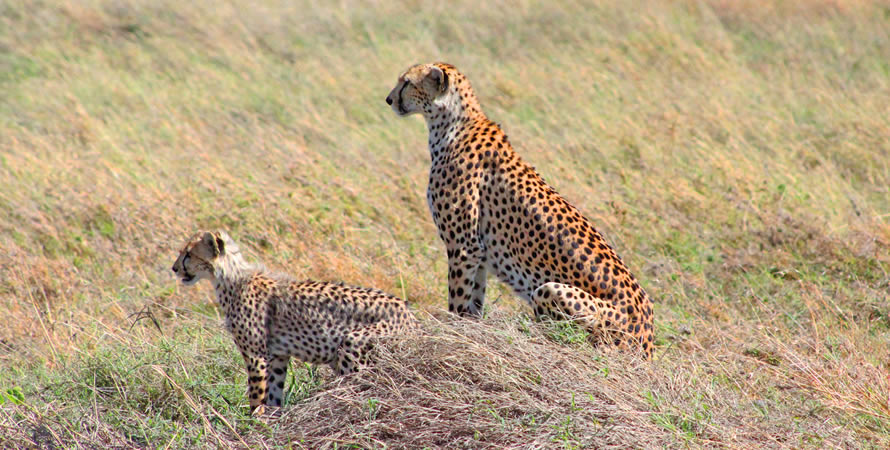
Which National Parks in Tanzania are the most frequented and what are the reasons behind their popularity?
Serengeti National Park
Serengeti National Park, renowned globally, is a highly sought-after safari destination. This remarkable national park is celebrated for its expansive savannah and varied fauna. Spanning more than 5,700 square miles, the park is renowned for the Great Migration, during which millions of wildebeest, zebras, and other species traverse in pursuit of more fertile grazing grounds from the Serengeti to the Maasai Mara in Kenya. During safaris in Tanzania, Serengeti National Park is an essential place to observe the migration of wildebeest alongside zebras and gazelles as they traverse the Mara River in search of verdant pastures and return. Tourists converge on the Serengeti throughout the year, however the optimal period to witness the migration often spans from June to September. Safari trips offer an exhilarating opportunity to observe this remarkable occurrence and experience various wildlife, including lions, elephants, and giraffes.
Additional captivating safari features that have established Serengeti National Park as one of the most frequented national parks in Tanzania encompass hot air balloon safaris, avian observation, traditional game drives, cultural excursions, and walking safaris, among others.
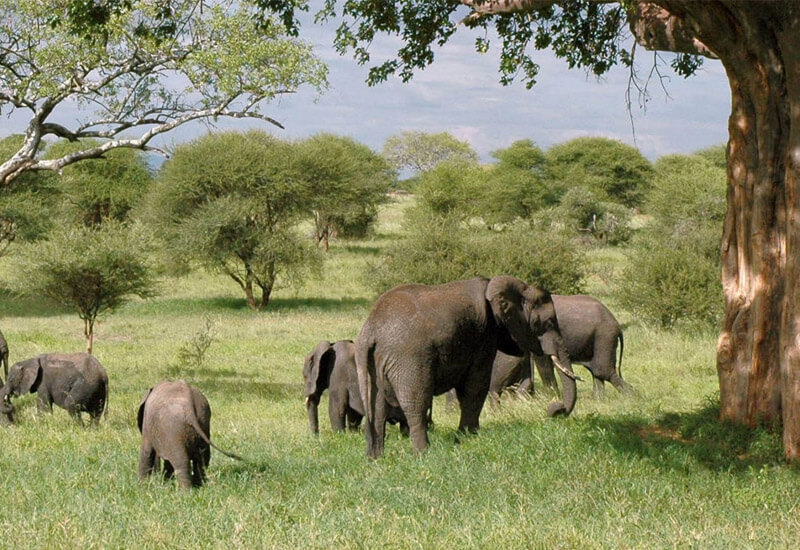
Ngorongoro Crater
Ngorongoro Crater, frequently considered a natural wonder, is a UNESCO World Heritage site and one of Tanzania’s most frequented attractions. The Ngorongoro Crater is a quintessential landmark. It is the largest inactive volcanic caldera globally that has remained intact and devoid of water accumulation. This distinctive location offers thrilling prospects for travelers to observe varied species and appreciate the iconic scenery of the Ngorongoro Crater. The Ngorongoro Crater in Tanzania was created approximately 2 million years ago due to the collapse of a volcano that was once taller than Mount Kilimanjaro, the highest mountain in Africa at 5,895 meters. The crater is a huge caldera that hosts a diverse array of fauna. The crater’s floor hosts a plethora of fauna, including the endangered black rhinoceros, elephants, buffalo, and several species of antelope.
Moreover, Ngorongoro Crater is a rewarding locale for avian excursions in Tanzania. More than 500 species of birds, including both migratory and resident varieties, inhabit distinct vegetative environments. The majority of waterfowl inhabit Lake Magadi, situated on the floor of the Ngorongoro Crater.
Visitors to Ngorongoro can embark on game drives to traverse the verdant terrain and observe species in their native environments. The chance to observe a broad array of fauna in this distinctive ecosystem renders it essential for nature enthusiasts. The vistas from the crater’s rim are stunning, offering exceptional photographic opportunities that encapsulate the region’s magnificence.

Tarangire National Park
Renowned for its colossal baobab trees and substantial elephant populations, Tarangire National Park is a notable treasure in Tanzania. Situated a few drive from Arusha, it is a favored option for those seeking an exhilarating safari experience. Tarangire, the 6th largest National Park in Tanzania, spans 2,600 square kilometers and boasts the highest population of African elephants among parks in northern Tanzania. In the dry season, almost 300 elephants congregate near the Tarangire River. The park is renowned for its colossal ancient baobab trees, exceptional birdwatching opportunities, and unique fauna such as dwarf mongooses. In addition to elephants, the park also harbors a diverse array of mammalian species, including lions, hippos, leopards, cheetahs (seldom observed), African buffaloes, hyenas (seldom observed), and zebras, among others.
Tarangire is an exceptional park for avian observation, boasting over 500 recorded bird species, thereby establishing it as the premier birdwatching destination in Tanzania. The avifauna of Tarangire National Park comprises endangered, near-endangered, severely endangered, and endemic species.
Tarangire National Park is among the most frequented national parks in Tanzania due to its enriching guided game drives, avian observation, nature walks, and additional activities.
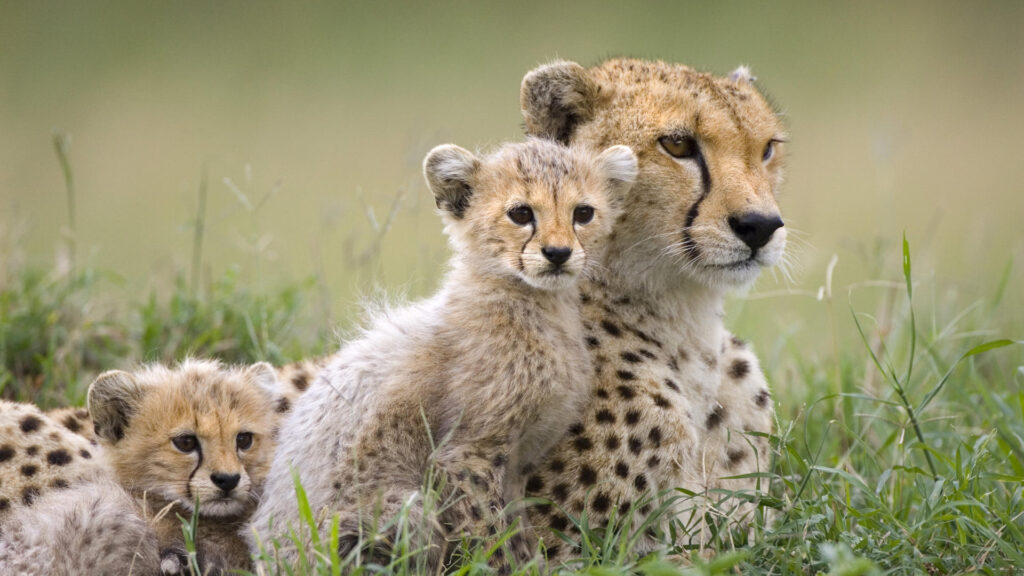
Lake Manyara National Park
Lake Manyara, referred to as Lake Moya by the Iraqw people, is situated in the Monduli District in the Arusha Region, Tanzania. It ranks as the seventh-largest lake in Tanzania by surface area, encompassing 470 square kilometers (180 square miles). It is a superficial, alkaline lake located in the Natron-Manyara-Balangida segment of the East African Rift. The park encompasses a picturesque lake, lush woodlands, and expansive grasslands, serving as a refuge for diverse fauna. Situated to the east of the lake and bordered by the Manyara Escarpment to the west, Lake Manyara National Park presents stunning vistas and a diverse range of habitats that sustain a multitude of wildlife. Manyara boasts the highest density of baboons globally, and its lions are famously known for their tree-climbing abilities.
The park serves as a haven for avian enthusiasts, hosting more than 400 species, such as flamingos congregating near the lake, the Black Heron, Glossy Ibis, Little Bee-eater, Martial Eagle, and the Silvery-checked Hornbill. Game drives and guided walking safaris provide guests with opportunities to observe wildlife such as elephants, giraffes, and hippos at close range. The remarkable amalgamation of terrains and fauna renders Lake Manyara a favored destination on a Tanzanian safari itinerary.
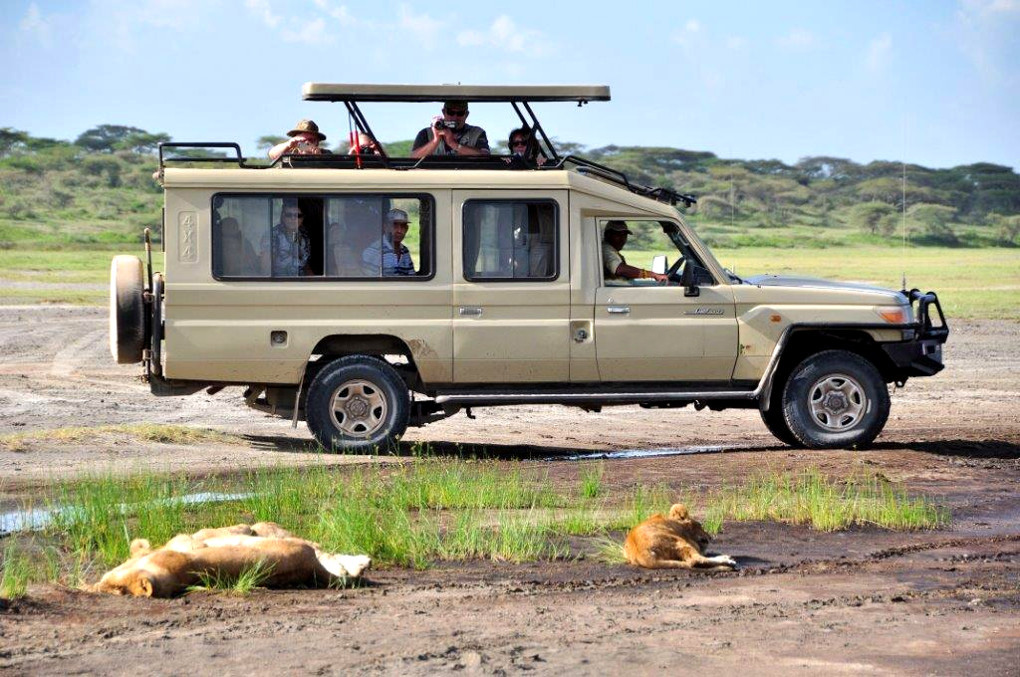
Selous Game Reserve
The Selous Game Reserve, now partially designated as Nyerere National Park, is a protected natural reserve and wilderness region located in southern Tanzania, East Africa. Spanning more than 12,000 square miles, Selous is among the largest conservation areas in Africa. It is a UNESCO World Heritage site recognized for its various habitats, encompassing rivers, lakes, and savannahs. The crater is renowned for its substantial population of elephants, black rhinoceroses, cheetahs, giraffes, hippopotamuses, and crocodiles inhabiting this vast sanctuary, which spans 50,000 square kilometers and remains mostly unaffected by human influence. The park features diverse vegetation zones, including impenetrable thickets and open woodland meadows.
Visitors may traverse the reserve via game drives, guided walking safaris, and boat safaris on the Rufiji River, each providing distinct viewpoints of the wildlife. The amalgamation of expansive terrains and varied species renders Selous an exhilarating locale for adventure seekers and wildlife aficionados alike.
Kilimanjaro National Park
Kilimanjaro National Park is situated in the Kilimanjaro Region of Tanzania, 300 kilometers (190 miles) south of the equator. Mount Kilimanjaro National Park draws several people annually, predominantly individuals seeking to ascend Africa’s highest peak at approximately 5,895 meters (19,340 feet). It is the greatest free-standing mountain elevation globally, indicating it is not associated with a mountain range.
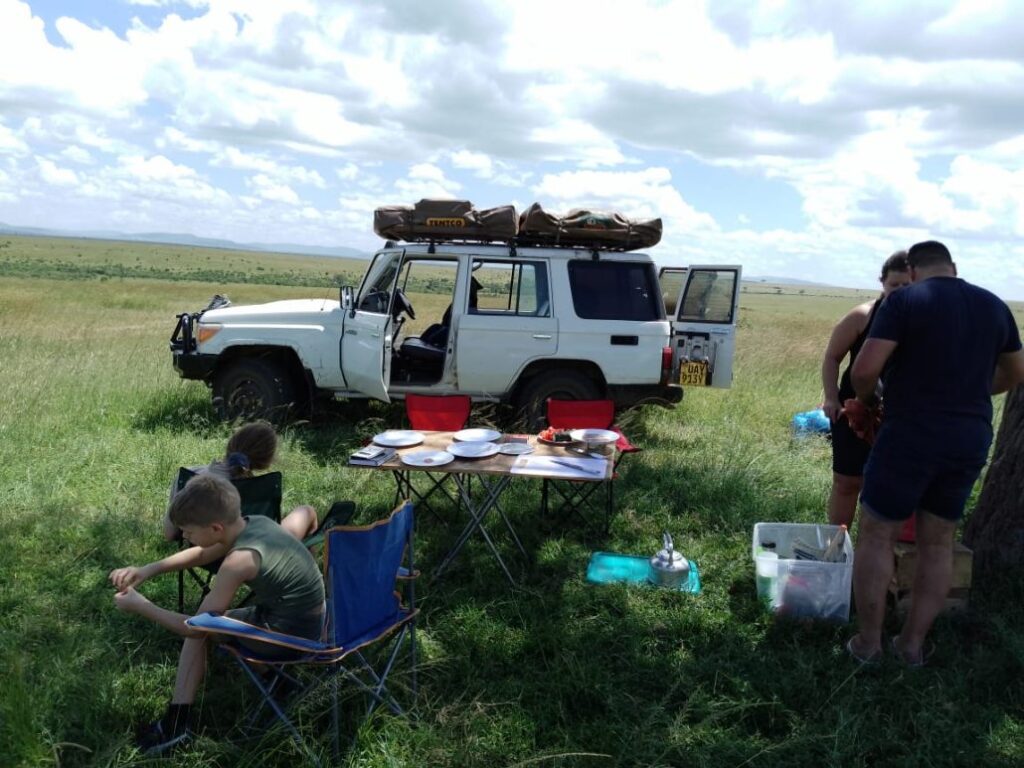
Kilimanjaro is among the most accessible high peaks globally, attracting travelers from throughout the globe. The majority of climbers attain the crater rim equipped solely with a walking stick, appropriate attire, and resolve. Hikers may select from various paths to attain the summit, each presenting distinct vistas and experiences. The expedition is arduous yet gratifying, with varied ecosystems that encompass verdant rainforests and alpine desert landscapes. For those who desire, there are additional options for abbreviated treks and guided excursions in the foothills.

